The Asian Development Bank (ADB) on September 29 approved capital reform policies, helping to unlock $100 billion in new funding to address crises in the region over the next decade.
This is one of the latest moves to help Asia- Pacific cope with climate change and other global crises, in ADB's efforts beyond its development and poverty reduction missions.
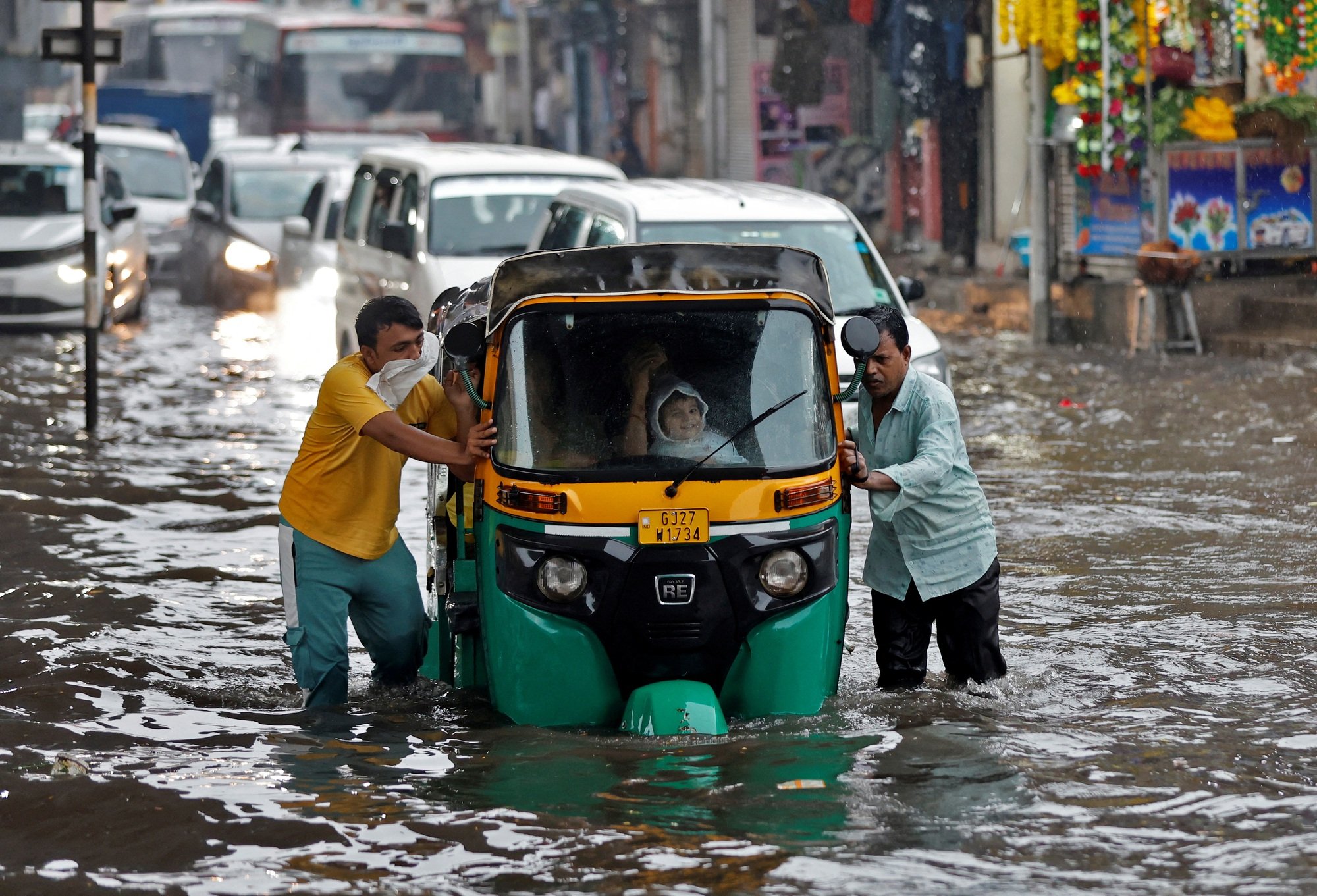
Climate change causes many natural disasters such as the flood in Ahmedabad City (India) in mid-September.
Opening up capital sources
These reforms, introduced through an update to the Capital Adequacy Framework (CAF), will expand lending commitments by nearly 40% to about $36 billion annually, ADB said in a statement on September 29. The increase can be achieved by optimizing prudent capitalization ratios while maintaining overall risk appetite. These reforms also create a countercyclical contingency lending buffer to support ADB’s developing member countries facing unexpected crises.
These measures will enable ADB to provide up to $360 billion of its own resources to developing member countries and private sector clients over the next decade. At the same time, ADB will maintain its AAA credit rating, providing low-cost, long-term funding to developing member countries. The reforms will also preserve ADB’s AAA credit rating by introducing a recovery plan that helps prevent capital erosion during periods of financial stress.
Risk warning
ADB President Masatsugu Asakawa said the new resources will help the region manage complex crises, address gender inequalities, and meet basic needs amid the existential challenge of climate change. “This additional lending capacity will be expanded and further leveraged through new efforts to mobilize domestic and private capital and maximize the impact of our work,” Asakawa said.
Previously, on September 25, ADB said that many developing countries in Asia face increasing risks from difficulties in the real estate sector, as well as high interest rates in the world. According to AFP, ADB lowered the GDP growth forecast for this group of countries this year to 4.7%, compared to 4.8% given in April. According to ADB's classification, this group includes 46 emerging economies, stretching from Kazakhstan in Central Asia to the Cook Islands in the Pacific . Other challenges include threats to food security from the El Nino weather phenomenon and export restrictions by some countries.
Rising food and fuel prices, combined with the fallout from the Covid-19 pandemic, pushed nearly 70 million more people into extreme poverty in developing Asia last year, according to a new report from the Asian Development Bank (ADB). The bank defines extreme poverty as living on less than $2.15 a day.
“Asia-Pacific is gradually recovering from the Covid-19 pandemic, but the rising cost of living crisis is hindering progress in poverty reduction,” said ADB chief economist Albert Park. The bank estimates that by 2030, about 1.26 billion people in developing Asian economies will still be considered “economically vulnerable.”
Source link








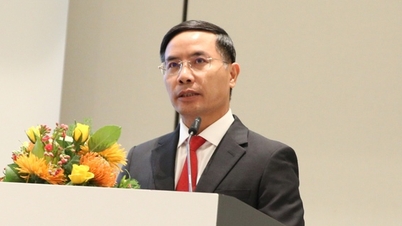



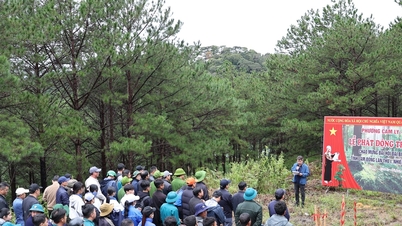

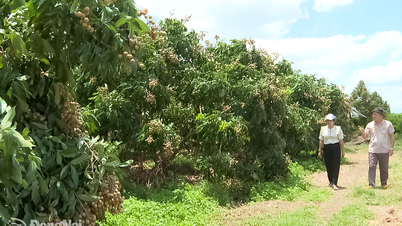

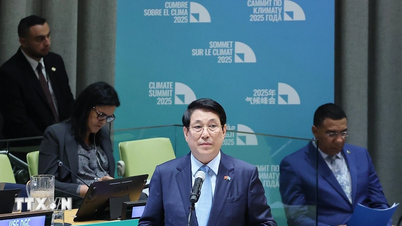

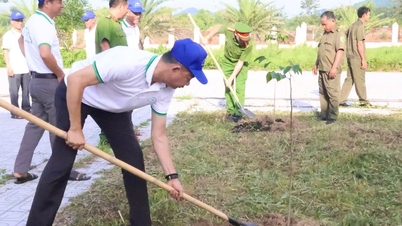











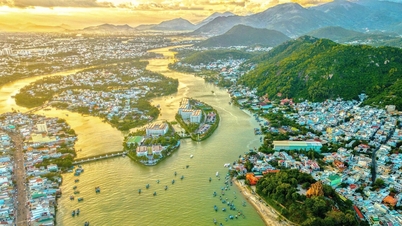
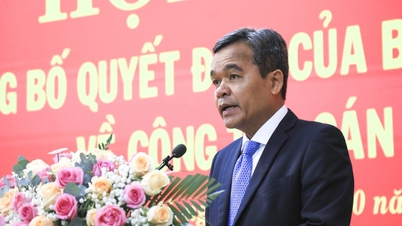
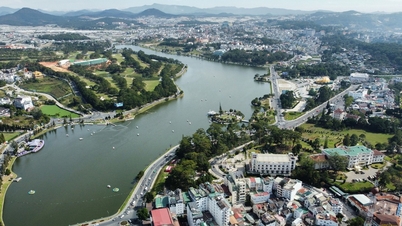
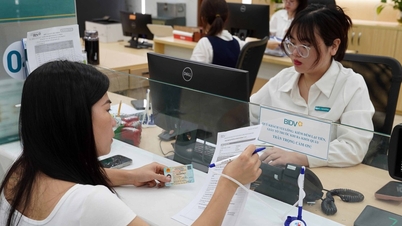
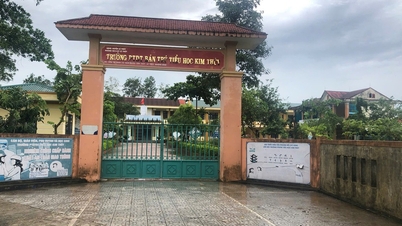











































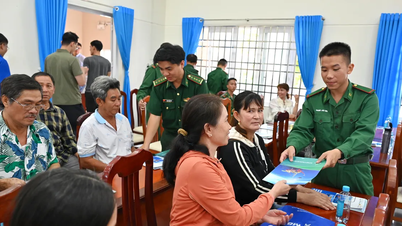





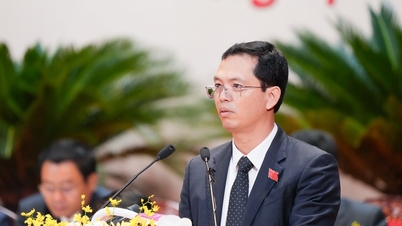














Comment (0)